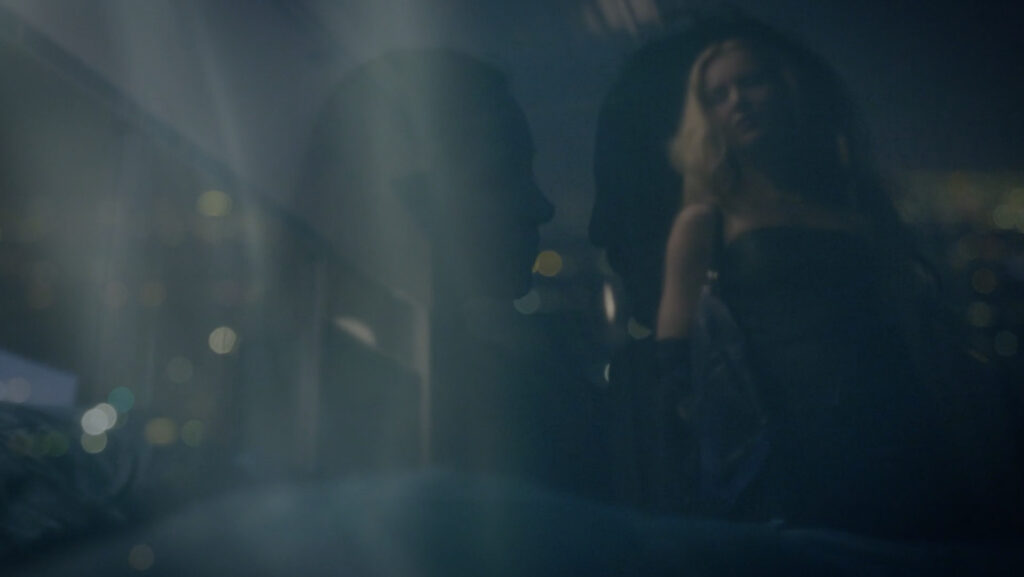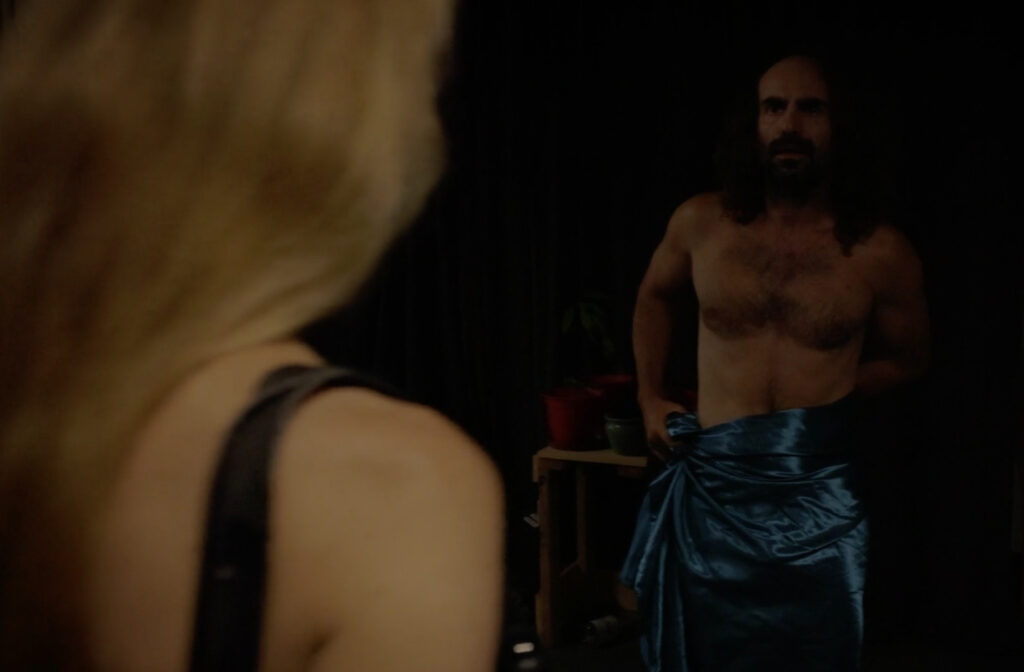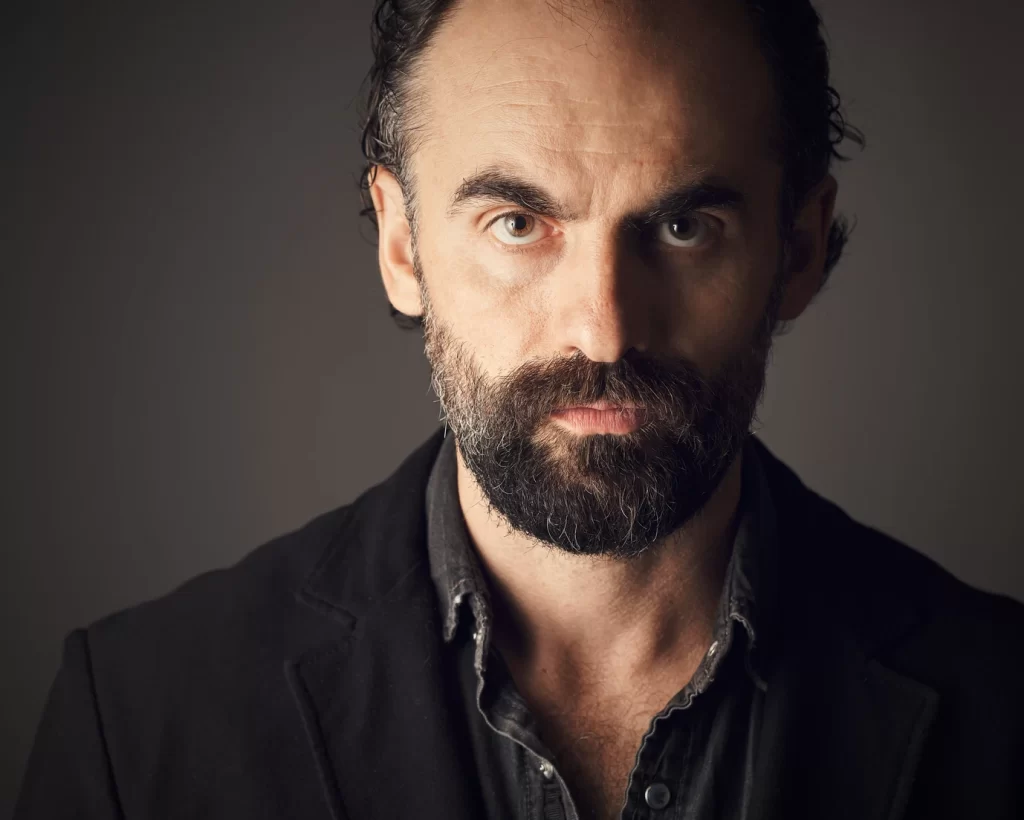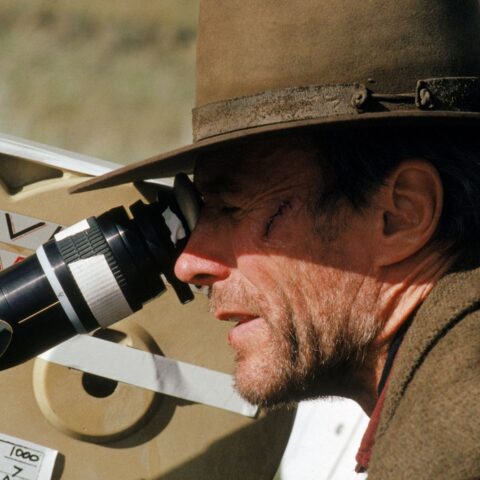
In this interview, actor and director Dan Istrate discusses with us his latest film, The Journey, an adaptation of Matei Vișniec’s play “The Story of Pandas Told by a Saxophonist Who Had a Girlfriend in Frankfurt.” Istrate explains how Vișniec’s work has shaped his creative approach. Balancing the dual roles of director and lead actor, Istrate reveals the challenges he faced and the innovative techniques he used, such as a continuous shot to enhance the film’s intimate storytelling. He also reflects on how his diverse theater background and international experience have influenced his filmmaking. With plans for additional films in the same vein, Istrate’s commitment to exploring profound questions through cinema promises a unique and thought-provoking experience for audiences.
“The Journey” is based on the writings of Matei Vișniec, a prominent Romanian playwright. What drew you to his work, and how did it influence the development of this film?
In Matei Visniec’s plays, paradox and mystery are central themes. Through my creative endeavors, be it directing, acting, or dance, I am striving to deepen those notions. When I discovered the play “The story of Pandas told by a saxophonist who had a girlfriend in Frankfurt“ some 20 years ago, I immediately knew I wanted to act in it. The play is hard to categorize. It is bizarre and unclassifiable. The characters mainly move us rather than delivering clear messages. I tried to produce it in the theater, but it never really materialized. So, I decided to produce it as a film and this way I could have full creative freedom.
You not only directed “The Journey” but also played the lead role. How did you balance the dual responsibilities of directing and acting in the same film?
Simply by having years of experience on stage and in front of the camera, as an actor and as a director/producer, I gained enough knowledge that gave me the courage to produce, direct and act within the same project. It is important to strike a balance between being an actor and directing yourself and your scene partner while having a cohesive vision that everyone else involved has to understand and follow. I surround myself with very talented people, I give them freedom to express themselves, I get out of their way, and I do not micro manage.
Do you see the encounter between the musician and the woman as a metaphor for a larger life lesson or existential exploration?
Yes, absolutely. The subject of the film is quotidian but it is charged with symbolism. I am planning on shooting nine more short art films based on the same play in which the mystery will deepen even more.
Can you talk about the symbolism in the film? What does the mysterious woman represent to the musician, and perhaps to the audience?
Each person who watches The Journey will have their own personal answers. Mine is: watch the film, then watch it again and again. I will say this: each one of us spends every moment of our lives with this “mysterious being” and sooner or later we will get to know “them”. This mysterious woman leads our protagonist on a journey of knowledge and discovery of deeper truths. We receive messages from her, we get glimpses of her, sometimes our hero makes passionate love with her, but in the end, she always reveals her true identity. Him and Her are merely archetypes of a perfect love.

The setting is intimate, focusing mainly on the interaction between two characters. How did you use the environment to enhance the storytelling?
I wanted the audience to feel like they are in the room, even in the bed with the two protagonists. I believe every human being experiences their existence in a very intimate manner. We can only be in one place at the time. Our imagination is infinite. The sky in the background represents the infinite universe surrounding us. If you notice the film starts in the dark then as the action unfolds the light outside becomes brighter and brighter. The more questions my character asks the woman next to him, the more the mystery deepens but at the same time the closer we get to the “light”. The film is just the beginning of a journey toward that light, toward perfection.
Music plays a significant role in “The Journey”. How did you integrate it into the narrative, and how does it reflect the emotions or themes of the film?
I experimented with the music as a soundtrack of a film and as a soundtrack of the man’s inner life. At times the music complements his emotions and at times the music contradicts them.
The film’s ending leaves viewers with more questions than answers. What do you hope the audience takes away from this ambiguity?
I want to encourage people to embrace the mystery of their lives. To seek and relish into the paradox of human existence. And of course I want to make them curious to watch the next nine art films.
You’ve worked in theater and film across different countries and genres. How did your diverse background influence your approach to directing “The Journey”?
It gave me the freedom to follow my vision, to not doubt myself in choosing to create a highly stylized film. Practically the whole film is one continuous shot with no cuts. In real life there are no cuts. My intention was to create an authentic human experience.
Given your extensive experience in both acting and directing, how do you balance these roles when you’re behind the camera?
Nobody understands me as well as I do. As an actor, you always participate in someone else’s vision. As a director, you are trying to use other people to fulfill your vision. When you direct and also act, you are both the visionary and the instrument for creating that vision. As a director, my favorite actor to work with is Dan Istrate. There is never any creative conflict within myself; I am always on the same team and the actor and director in me are great friends. Friendship entails generosity and generosity breeds harmony.

Your director’s statement mentions life as a paradox and a dream within a dream. How does this perspective shape your work as a filmmaker, particularly in “The Journey”?
“What are we doing here?” asks my character in The Journey. That is one of the most fundamental questions of our existence. The character also asks “Am I dreaming?” to which she replies “Yes”. It is this very dream-like state that I tried to convey in the film. I think the dream state is the closest to the truth. Film making carries us seamlessly into a dream state, therefore closer to the ultimate truth.
You have produced and co-created several films. How does producing influence your creative decisions as a director?
Producing makes you a more efficient director. As a producer you have deadlines to meet. It is all about solving problems and moving things along. It is a good reminder not to indulge too much in feel-good reveries. You learn to strike a balance between being creative and being methodical and systematic.
What were some of the challenges you faced during the making of “The Journey”, and how did you overcome them?
During the filming of “The Journey” we had to find the perfect time of the evening for the light outside to match the light in the story. The action of the film starts somewhere right before dawn and so the light gets progressively brighter. We discovered that we can have that same light at 8:16 pm. But we had a problem: if we filmed in the evening the light would get progressively darker. So we shot the second half of the film first, then we continued with the first half as outside got darker. In that way, in the film the light outside becomes brighter as the action unfolds towards the break of day.
The film is basically one long shot (there is only one cut if we don’t count the flashbacks). There was an entire choreography that we, the actors and the cameraman had to learn . First we (Francesca and I) rehearsed for about six months. We did a lot of character work, just like you for a play. Then we had four or five rehearsals for and with the camera. When we had everything memorized (lines, choreography) we only had one hour of the right kind of light. I was pleased we got it on the first try.
You have a rich history in theater and have performed internationally. How has your theater experience informed your filmmaking, especially in creating intimate, character-driven stories like “The Journey”?
I was lucky to witness and be part of a myriad of theater styles in the US, Romania and elsewhere. I acted in several films with wildly different budgets and production values. In doing so I always sought to educate myself in telling a story in the most compelling and authentic way possible. I never shy away from unconventional and uncompromising ways to tell a story.
As a Romanian-born filmmaker working in the U.S., how do your cultural roots influence your storytelling, if at all?
My Romanian roots influence everything I do as a human being and as an actor. Having been born in Romania and having lived there for the first half of my life, then relocating to the US at the age of 24, I have a unique perspective on what it means to be an expat, an alien, and a wanderer. This kind of experience helps me keep my curiosity and my childlike sense of wonder alive.

You’ve worked on a variety of projects, from film to TV to theater. How do you choose your projects, and what excites you most as a storyteller?
In Hollywood I audition for everything that my agent sends my way and very rarely I refuse a project. I am attracted to unconventional and original ways of storytelling.
Looking ahead, are there any themes or stories you’re particularly eager to explore in your future work?
In my future work I am looking forward to diving deep into the abyss of the human soul‘s contradictions.
What advice would you give to aspiring filmmakers?
Listen to your most authentic inner voice and surround yourself with people who are celebrating the miracle of our human existence.
Official website of Dan Istrate – https://www.danistrate.com/
